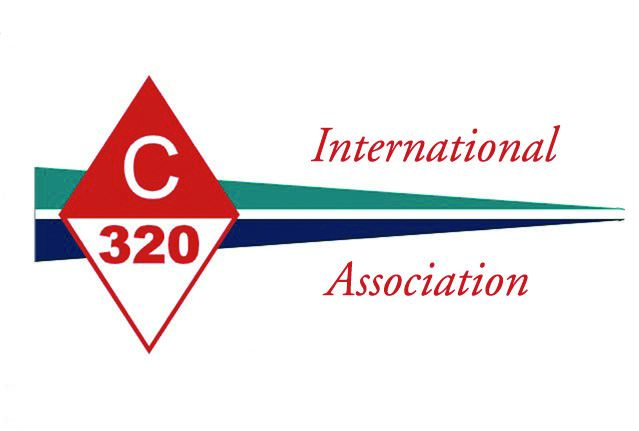Several C-320 IA members have been experiencing shifting difficulties with the KM2 transmission on the Yanmar 3GM engine. A marina neighbor experienced the same problem with the same engine in his Hunter 34, so we did some research on the problem. It didn’t take long to find numerous references on the internet including, sadly, some real horror stories about low time failures and expensive, non-warranty, repair bills. This article steps through diagnosing and correcting these problems.
First, let’s do the easy and inexpensive things:
1. Change the lube oil in the transmission. We have found that Mack Boring is now recommending AGAINST using multiweight oil in the KM2 transmission, saying to go with the straight 30W (as my manual states). The marine diesel experts at Torresen Marine, Inc. continue to recommend using the same oil in the transmission as in the engine. Make sure you do not under fill nor overfill. Refill amount is only 300 ml (10 oz) and that is if you are able to suck all the old oil out. The transmission dipsticks should be read from a “rested” position. Unscrew the dipstick, wipe it off and rest it in the hole. Take your reading from this position, there will be a ring inscribed around the bottom of the dipstick to indicate the maximum fill level.
2. Is your engine idling too high? It needs to be no higher than 800 rpm. If not, adjust the idle stop. Perhaps this would be a good time to calibrate your tachometer, if you have any doubt about its accuracy.
3. Is your shift mechanism working smoothly? You may want to remove the cable at the solid end link from the transmission, lubricate both ends of the cable, and exercise it throughout its full throw. Doing this properly requires getting into the steering pedestal to obtain access to that end of the shifting cable. While you are in the pedestal, this would be a good time to lube the control arm(s) needle bearings, cable(s) terminal linkage, and to inspect and lube the steering linkage chain and sprocket. Additionally, if your throttle lever tends to creep, now is the time to adjust the friction.
4. Is the throw of your shift cable adequate? It is imperative that the cable movement be sufficient to move the transmission control arm through its full range of motion. You need to move 35mm in each direction from neutral (also described as +/- 39 deg). If you have any doubt, disconnect the clevis from the lever and try to push and then pull the lever further through its stroke. If the lever moves further by hand than it did with the cable attached, then the cable will need to be adjusted.
5. Is the engine alignment proper? Usually misalignment will result in noise and/or excessive vibration at one or more rpm settings as well as premature wear in the shaft log. It may also be a source of shifting difficulties. We have complete alignment instructions on our C-320 IA website. If you are experiencing excessive drive train vibration, be sure to check the 8 bell housing bolts and the prop shaft coupling bolts.

6. Are the engine mounts shot? If the rubber in the mount is damaged or compressed to the point that the air gap under the mounting stud is less than 5mm, your mounts are probably worn out and should be replaced. This maintenance task can result in a significant reduction in both vibration and noise from the drive train.
If none of these fixes have solved the problem, it is probably in the transmission. Ultimately, my friend had to have his drive cone replaced. What he has found out is that this is not that uncommon a problem and it can happen at relatively low hours (800-1200). Worse yet, this issue has no apparent owner-induced cause. You can expect to pay between $500-900 for this repair, so it pays to shop around. Looking at the cone, it is hard to see enough damage to make a difference, but it did.

The marine diesel experts at Mack Boring, Inc. recommend sailing with the transmission in NEUTRAL. This also is a departure from what we have long been advised (i.e. put transmission in reverse) and was the subject of a poorly publicized 2008 service bulletin, which is reproduced on our website . Note: One of our members pointed out that his discussions with Mack Boring indicated that this recommendation came from their lawyers and had no basis in engineering or design. It turns out they were concerned about the momentary loss of control that might arise from having to start the engine in reverse. We all know that sometimes that is necessary after sailing hard with the transmission in reverse.
The technician at Mack Boring also suggested to always shift the transmission smartly to be sure to get full lever throw. In other words, don’t ease it into gear as you might not get complete engagement. It is important to always make sure that the engine is at idle speed when you do so (800 rpm).
Interestingly, my friend has always had a 1100 rpm vibration that would go away after the boat came up to speed. This was thought to be a Hunter characteristic. Guess what, that vibration is gone now!!
Karl Mielenhausen, Silver Lining, #690

